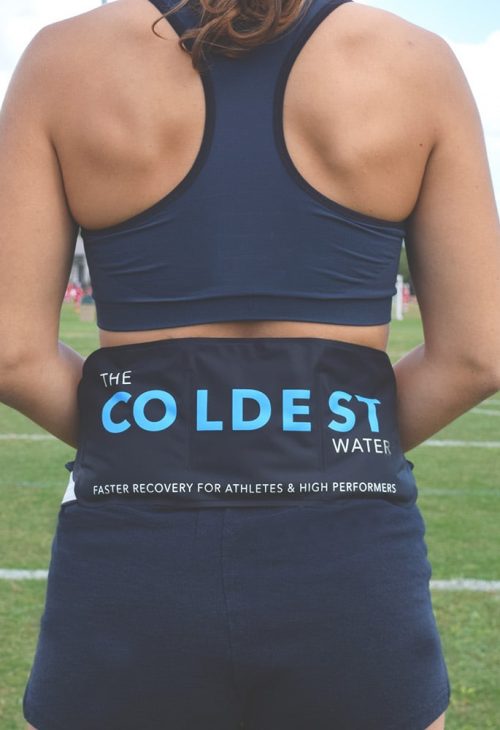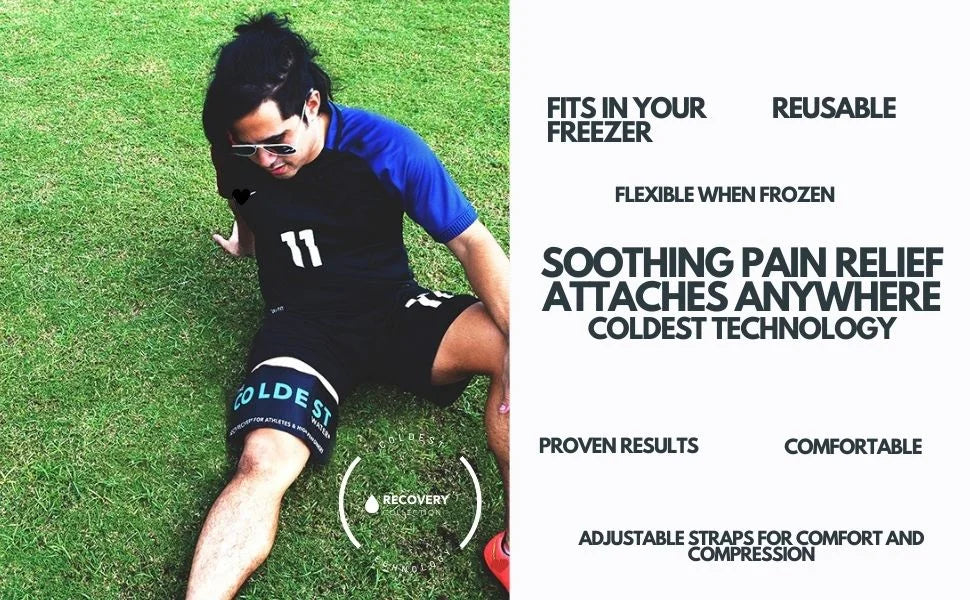How to Safely and Quickly Return to Work After a Muscle Sprain
If you have recently suffered a muscle sprain, you may be wondering how to safely and quickly return to work. Muscle sprains are common injuries that can cause a great deal of pain and discomfort. They can also lead to time off from work, which can be difficult to manage.
While it is important to take the time to rest and recovery, it is also important to return to work as soon as possible. There are a few things you can do to help ensure a safe and quick return to work after a muscle sprain.

What is a muscle sprain?
A muscle sprain is a medical condition that occurs when one or more of the muscles in the body is stretched or torn. This can happen due to a sudden movement or trauma, or it can be the result of overuse or repetitive motion. Symptoms of a muscle sprain can include pain, swelling, bruising, and difficulty moving the affected body part.
If you think you may have a muscle sprain, it is important to see a doctor or other medical professional as soon as possible. They will be able to diagnose the condition and recommend the best course of treatment. In some cases, a muscle sprain may require physical therapy or surgery to heal properly.
Most people believe that the best way to recover from a muscle sprain is to rest and let the injury heal on its own. However, this approach can actually delay your recovery and make the injury worse.
The best way to recover from a muscle sprain is to immediately start using cold and hot compress therapy. Ice helps to reduce inflammation and pain, while heat speeds up the healing process.
If you are looking for faster recovery and pain relief, try The Coldest Ice Pack. It can be used as both a cold and hot compress, and its large size ensures that it covers the entire injury. The Ice Pack also comes with a storage bag and two adjustable straps for comfort and compression.
A muscle sprain can be a painful and frustrating injury, it is important to know how to safely and quickly return to work after one. A sprain occurs when the ligaments that connect bones to muscles are stretched or torn. Sprains can happen suddenly, such as when you slip on ice, or they can develop over time, such as with Repetitive Strain Injury (RSI).
In most cases, muscle sprains will heal with time and proper treatment. However, severe or chronic sprains may require more intensive treatment, such as surgery. If you are experiencing severe pain, numbness, or loss of mobility, it is important to seek medical attention immediately.

Causes of a muscle sprain
A muscle sprain is an injury to a muscle or tendon, which is the tissue that connects muscle to bone. The most common cause of a muscle sprain is overstretching or tearing the muscle or tendon. This can happen suddenly, such as during a fall, or over time, such as from repetitive motions.
Other causes of muscle strains include direct blows to the muscle, sudden changes in direction, and muscle weakness. Strains can also occur from overuse, such as from running or lifting weights.
Here are a few tips to safely and quickly return to work after a muscle sprain:
1. Get clearance from your doctor before returning to work.
2. Take it slowly when you first return to work. Ease back into your normal routine and avoid strenuous activity.
3. If you experience any pain or discomfort, take a break and consult with your doctor.
4. Be sure to stay hydrated and eat

Most muscle strains can be treated at home with rest, ice, and over-the-counter pain medications. However, more severe strains may require medical treatment.
Returning to work after a muscle sprain can be tricky. You want to make sure that you’re healing properly and not aggravating your injury, but you also need to get back to your job as soon as possible. The tips in this article will help you do both. By following the advice here, you can safely and quickly return to work after a muscle sprain.


















